
The National Trust for Scotland (NTS) is examining its stance on landscape conservation and development, and is asking its 312,000 members to make their views known about the future of Scotland's iconic landscapes.
The Trust is a major landowner with a number of important mountain properties including Glen Coe, Ben Lawers, Torridon and West Affric, and their position on conservation carries a lot of weight nationally.
Half a century ago the NTS commissioned none other than W.H.Murray to survey some of Scotland's key landscapes, in response to the great changes being wrought by forestry and hydroelectric development. This survey contributed to the eventual designation of National Scenic Areas. Now, in the face of a new wave of development, the NTS is revisiting these issues to see how well Scotland's current planning controls take landscape conservation into account.
To reflect the often polarised debate about the threats presented by development of Scotland's countryside the Trust has kicked off their consultation by inviting a number of high profile commentators to state their case in the latest edition of the Trust's magazine, Scotland in Trust.
Nothing generates more discord than wind farms. On this subject Donald Trump, Chairman of the Trump Organization, takes time out from bulldozing a hitherto-unspoiled SSSI to ask in typically blunt fashion:
'Does anyone honestly believe that a wind farm landscape will stimulate tourism? It will completely end tourism in Scotland... Scotland is committing financial suicide.'
Presumably we'd be a better off burying our remaining natural habitats under endless golf courses?
An opposing view is offered by Maitland Mackie, Chairman of Mackie's of Scotland and Rector of Aberdeen University, who sees wind power as being crucial to the country's future:
'My parents used to bemoan the pylons marching across the countryside. But they got them into perspective, and we must do the same with turbines.'
And the perspective we 'must' get things in? His, naturally. Case closed then?
A lot of sensible things might be said both for and against wind farms. Should the opinions of a foreign businessman or a homegrown ice cream magnate carry more weight than anyone else's? If you are an NTS member then your views can be registered too; perhaps you'll have something useful to contribute.
Other pressing landscape issues are covered in the magazine too.
Anne Gray of Scottish Land and Estates argues in favour of hill tracks in order to support land management and recreational access to wild lands (recreational access for a certain minority user group, at least). In contrast Helen Todd of Ramblers Scotland is concerned by the irreparable damage she says the tracks do to landscapes untouched since the last Ice Age.
John Riley of Strathfillan Community Council is impressed by the sensitivity displayed by the owners of the Cononish Goldmine, whereas Bill McDermott of the Scottish Campaign for National Parks worries that short-term concerns are overriding the long-term sustainability of Loch Lomond and Trossachs National Park's ecology.
The Chief Executive of the National Trust for Scotland, Kate Mavor commented:
'These very different points of view show how complex and difficult the arguments are about the future of the landscape we hold dear.'
'How important to us is our current landscape? Is it more valuable to our economy and wellbeing in a rugged and untouched state, or do the needs to create housing, jobs and energy override all other concerns?'
'As the charity that has the widest range of conservation responsibilities in Scotland, we must set a policy that aspires to the best possible outcomes for the nation. We are also the country's largest membership organisation and are duty-bound to ensure our 312,000 members have the best possible opportunity to shape our policy direction.'
'Fifty years ago the Trust commissioned the mountaineer William Murray to survey a range of Scottish landscapes in a climate of perceived threats from large scale development and electrification. His findings in Highland Landscape: A Survey helped give rise to the designation of national scenic areas.'
'Now, in 2012, we must revisit those issues and cut through the fog of acrimony to come up with a policy and approach that responds appropriately to new challenges. We invite our members to engage fully in the process that gets us there.'
The full article from Scotland in Trust can be viewed here.
All Trust Members will receive the latest copy of Scotland in Trust over the next two weeks and are invited to email their views. These will then be fed back at the Trust's AGM, to be held in Edinburgh on 22 September 2012, and will be used by the charity's Policy Team to help determine the Trust's stance on future development impacting on Scotland's landscape.

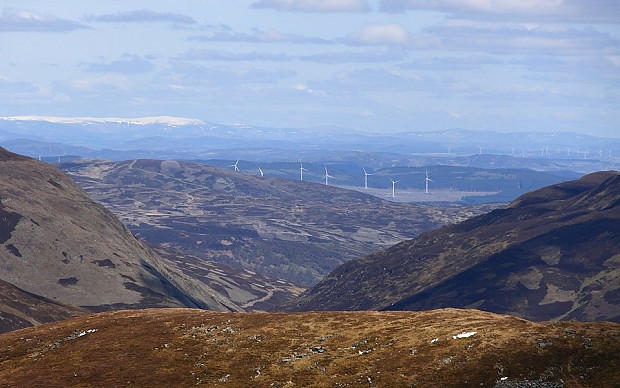





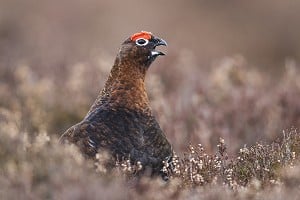

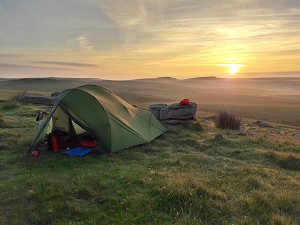
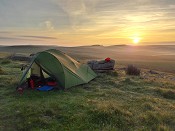
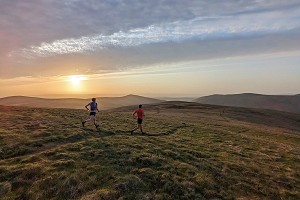

Comments